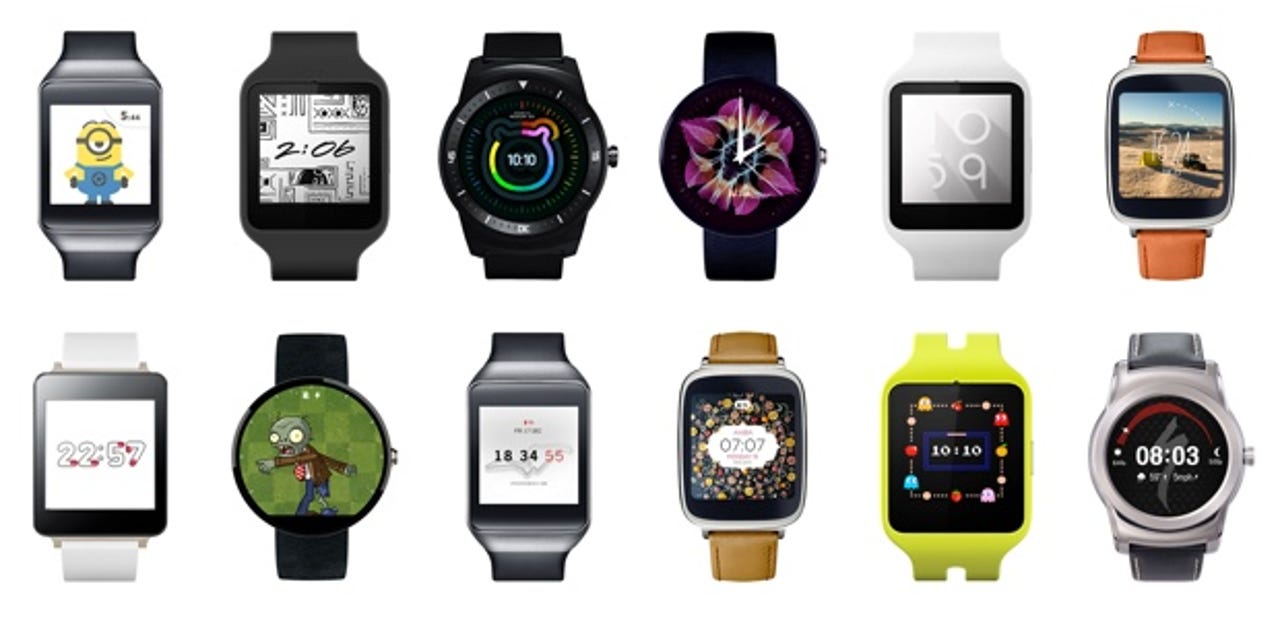Android Wear has one big advantage over the Apple Watch, but for how long?


In the wearables war that's currently raging between Apple and Android, all sources point to the Cupertino giant as being the winner when it comes to the most product shipped. But Android Wear has an enormous technical advantage over the Apple Watch -- it has the ability to work independently of a smartphone.
Featured
There are some fundamental differences between the way that Apple and Android have approached the technical issues raised by smartwatches. The most fundamental distinction being that the Apple Watch relies heavily on a paired iPhone to do much of the hard work such as connecting to Wi-Fi and GPS, and handling app communication with servers.
Android Wear on the other hand comes equipped with built-in Wi-Fi and GPS connectivity which means that Android-powered smartwatches are a true standalone bit of kit rather than an accessory because they don't need a smartphone to be in range -- or even charged up -- to be able to load up email and Twitter, or to log the wearer's daily runs.
Why Apple chose to take an approach that relied so heavily on the iPhone is not known. If I were to be cynical I'd say that Apple did this because it wanted to sell more iPhones (or at least keep existing users hooked into the platform). However, I suspect that the real reason has more to do with battery life. Even with the iPhone doing most of the hard work the battery life of the Apple Watch is only a day.
But whatever the reason, it's a limitation that Android users don't have to suffer, and it restricts what developers who are targeting the Apple platform can bring to the table in terms of features.
My guess is that the Apple Watch will eventually become a standalone device as Apple looks to add more features to keep buyers interested. As to when this might happen, I think this depends on sales. If sales are buoyant, Apple is likely to be conservative and add features piecemeal, which means it could be years, but if sales tank then that could force Apple to add features more rapidly.
But for now, Android Wear holds an advantage.
And this brings me to another problem facing smartwatches in general. There's just not a lot of ways that the technology can grow. And primarily this is down to the fact that the screen size is pretty well fixed, which in turn narrows down the scope of what they'll be able to do. We're not going to see the plethora of screen sizes that we've seen with smartphones and tablets. A watch is a watch, and there's not much you can do about the form factor (even monster Casio watches don't really have displays that are much bigger that the regular smartwatch). And as for making them smaller, forget it, unless we all get kitted out with bionic eyes.
Eventually, what this could mean is that smartwatches may end up with a much slower upgrade cycle; perhaps one determined by battery degradation or even changes in fashion.
See also:
- Apple's biggest WWDC 2015 challenge
- Apple Watch to grab half of all smartwatch display shipments in 2015
- Build a performance gaming PC for $620
- Add an Android-style 'back' button to your iPhone with a smart screen protector
- Nextbook Flexx 2-in-1 Windows 8.1 tablets starting at $178
- The $9 Computer: What do you get?